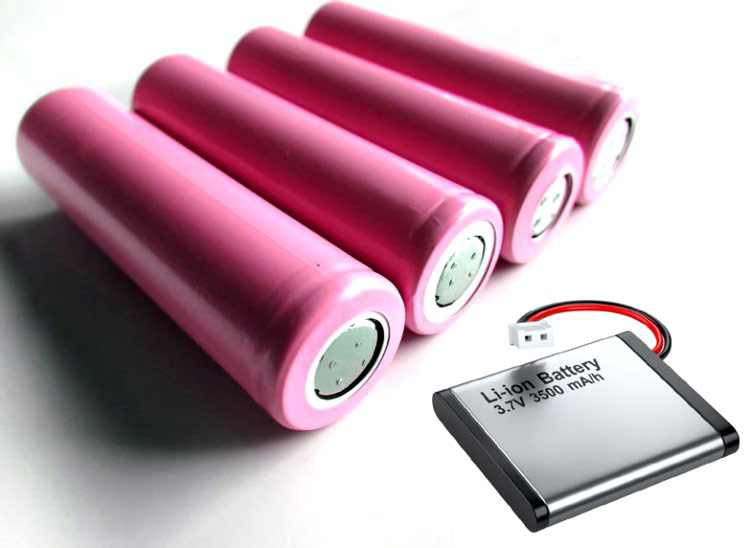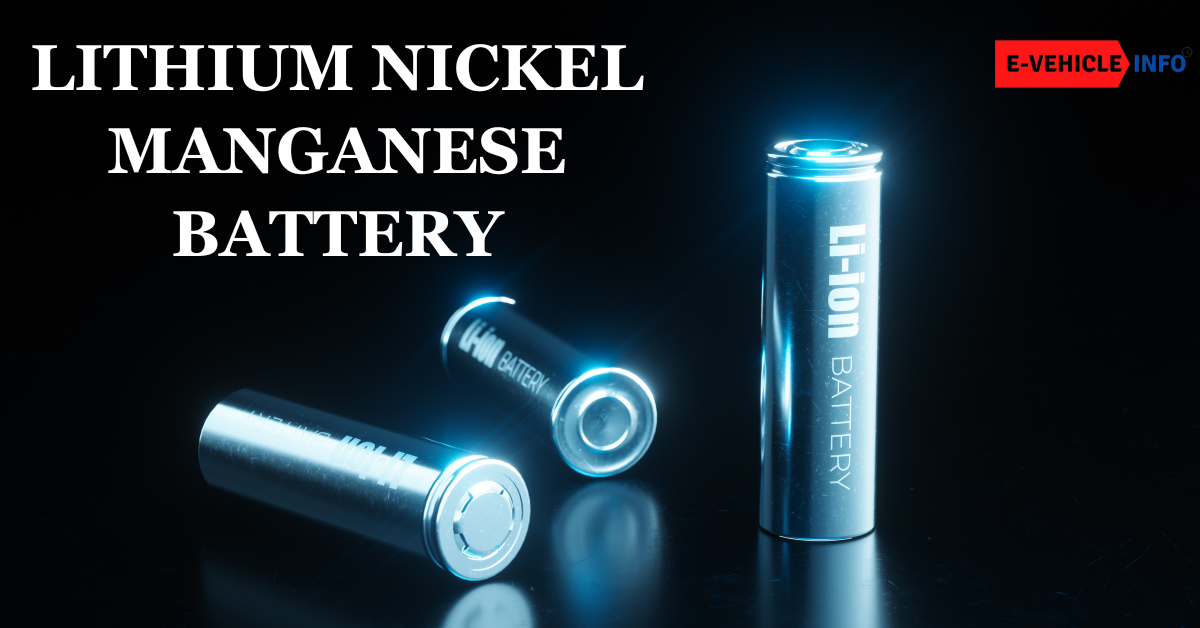Lithium Nickel Manganese Battery
The demand for efficient, high-performance batteries has surged in recent years, driven by the proliferation of electric vehicles, portable electronics, and renewable energy systems. One of the notable innovations in battery technology is the Lithium Nickel Manganese (LiNiMn) battery. Lithium Nickel Manganese batteries have emerged as a vital component in powering the modern world. Their high energy density, safety features, and environmental benefits have made them a preferred choice for various applications.
Chemical Formula
The chemical formula for Lithium Nickel Manganese batteries is typically written as LiNiMnO₂.
Representing the key components of the cathode material. These batteries often employ a lithium cobalt oxide (LiCoO₂) anode and an electrolyte solution to facilitate ion transfer.
Electrochemical Reaction
The electrochemical reaction at the heart of LiNiMn batteries involves the transfer of lithium ions (Li⁺) between the cathode and anode materials. During discharge, lithium ions migrate from the cathode to the anode through the electrolyte, releasing energy in the form of electrical current. This process is reversed during charging, with lithium ions moving from the anode to the cathode, storing energy for later use.
Charging:
- Initial Charging: When a LiNiMn battery is initially manufactured or used for the first time, it may require an initial charge to activate the battery. This process is often performed by the manufacturer and ensures that the battery is in the optimal state for use.
- Constant Current (CC) Charging: During the main charging phase, LiNiMn batteries are typically charged at a constant current. The charger provides a fixed current to the battery, which gradually increases the voltage across the terminals as the battery charges. This phase is efficient for rapidly replenishing the battery’s charge.
- Voltage Regulation: As the battery’s state of charge increases, the voltage across the terminals also rises. A voltage regulation mechanism ensures that the battery voltage does not exceed a predefined limit, usually around 4.2 volts for LiNiMn batteries. Once this voltage threshold is reached, the charger switches to constant voltage charging.
- Constant Voltage (CV) Charging: In the CV charging phase, the charger maintains a constant voltage across the battery terminals. The charging current gradually decreases as the battery becomes fully charged. This phase helps prevent overcharging and allows the battery to reach its maximum capacity safely.
Discharging:
The discharging process in LiNiMn batteries is the reverse of charging and involves the release of stored electrical energy to power a device or system:
- Circuit Connection: When you connect a load or device to a LiNiMn battery, a circuit is established between the battery’s positive and negative terminals. This allows electrons to flow from the negative electrode (anode) to the positive electrode (cathode) through the external circuit, creating an electric current.
- Lithium Ion Movement: During discharging, lithium ions (Li⁺) in the cathode (typically LiNiMnO₂) migrate through the electrolyte to the anode (typically graphite). This movement of lithium ions is accompanied by the release of energy, which powers the connected device.
- Voltage Decline: As the discharging process continues, the battery’s voltage gradually decreases. The rate of voltage decline can vary depending on the load connected to the battery and the state of charge of the battery.
- Low Voltage Cutoff: LiNiMn batteries have a minimum voltage threshold (often around 2.5 to 2.7 volts) below which continued discharging is not recommended. This threshold is in place to prevent over-discharging, which can harm the battery’s performance and lifespan.
Selection of Anode and Cathode:
Anode:
The anode in LiNiMn batteries is typically made of graphite or a similar carbon-based material. Graphite is a popular choice due to its ability to efficiently intercalate (absorb and release) lithium ions during charging and discharging cycles.
While graphite is the most common anode material, some advanced LiNiMn battery designs may explore alternative materials like silicon, which have higher theoretical capacities but may present challenges related to volume expansion during lithium intercalation.
Cathode:
The cathode in LiNiMn batteries typically consists of lithium nickel manganese oxide (LiNiMnO₂), which is a composite of nickel, manganese, and lithium ions.
This cathode material provides a balance between energy density, thermal stability, and safety. The cathode in LiNiMn batteries is known for its relatively high voltage output compared to other cathode materials like lithium iron phosphate (LiFePO₄). This higher voltage contributes to the battery’s energy density.
LiNiMn cathodes are designed to offer good thermal stability, reducing the risk of overheating and thermal runaway, which is crucial for battery safety.
Advantages of Lithium Nickel Manganese Battery

High Energy Density: LiNiMn batteries offer excellent energy density, providing longer-lasting power for electronic devices and electric vehicles.
Safety: They have better thermal stability compared to some other lithium-ion chemistries, reducing the risk of overheating and fires.
Durability: LiNiMn batteries have a longer cycle life, making them suitable for applications where reliability is crucial.
Fast Charging: These batteries can accept rapid charging, making them ideal for devices that require quick replenishment of energy.
Environmental Benefits: LiNiMn batteries are more environmentally friendly than some other chemistries, reducing the carbon footprint associated with battery production and disposal.
Top 10 Companies in LiNiMn Battery Manufacturing
Panasonic Corporation
Known for its high-quality LiNiMn batteries, Panasonic is a leader in the battery industry, catering to various applications.
Samsung SDI
Samsung’s battery division produces LiNiMn batteries for smartphones, laptops, and electric vehicles.
LG Chem
LG Chem is a key player in the LiNiMn battery market, supplying batteries for electric vehicles and renewable energy storage systems.
BYD Company
A major Chinese manufacturer, BYD produces LiNiMn batteries for both electric vehicles and consumer electronics.
CATL (Contemporary Amperex Technology Co. Ltd.)
CATL is a prominent Chinese battery manufacturer supplying LiNiMn batteries to global automakers.
Toshiba
Toshiba produces LiNiMn batteries for various applications, including industrial and automotive sectors.
SK Innovation
This South Korean company is involved in the production of LiNiMn batteries for electric vehicles and energy storage solutions.
A123 Systems
A123 Systems specializes in high-performance LiNiMn batteries for the automotive and energy sectors.
Amperex Technology Limited (ATL)
ATL manufactures LiNiMn batteries for a wide range of consumer electronics, including smartphones and tablets.
Sony Corporation
Sony is known for its LiNiMn batteries used in consumer electronics, providing reliable power solutions.
Read More:-Lithium Nickel Cobalt Aluminum Battery (NCA): Working, Benefits and Companies










